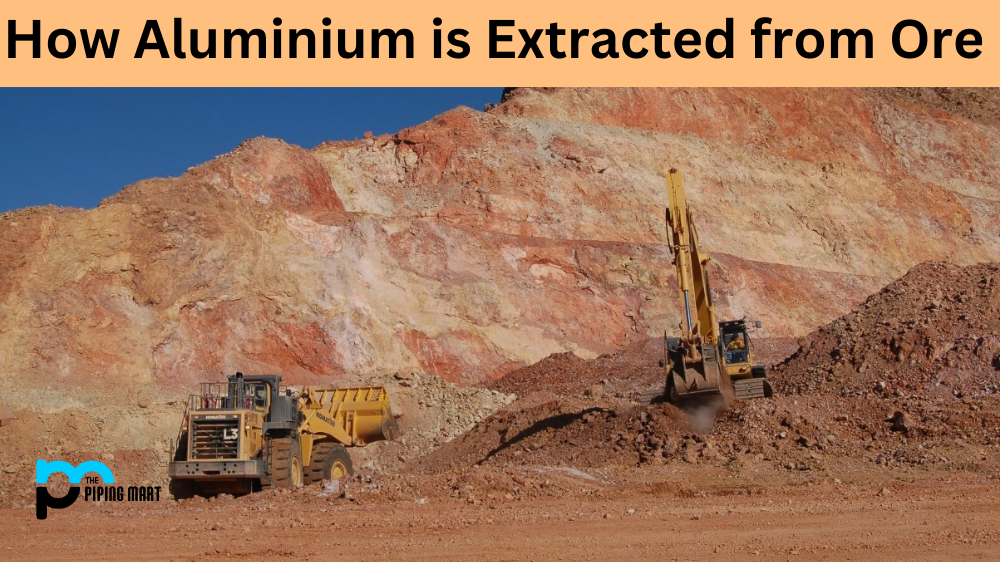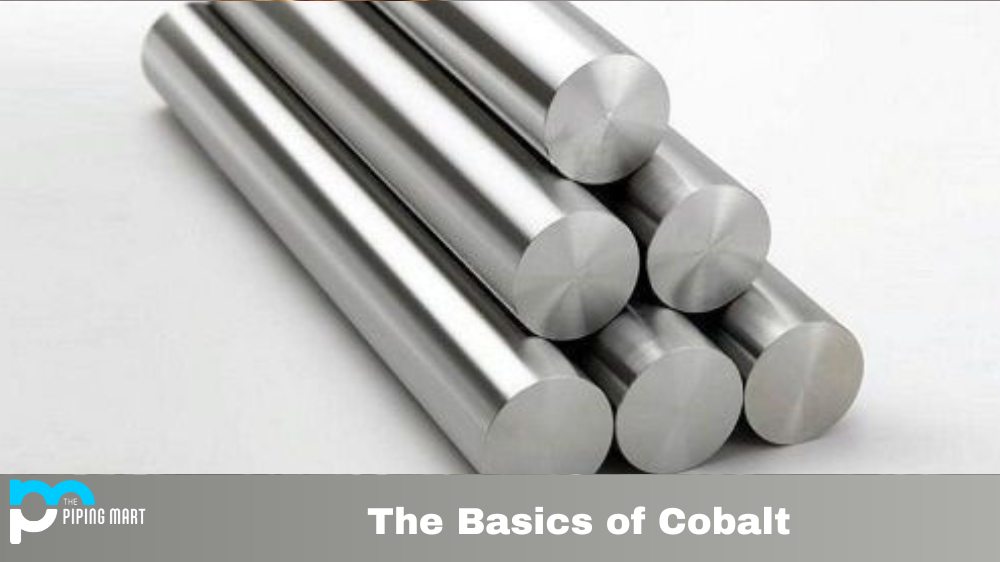Metal casting is a process used to create metal parts and components. It involves heating metal until it’s in a liquid state, pouring it into a mould, and allowing it to cool and harden. This process is used in many industries, such as manufacturing, engineering, automotive, aerospace, and more. Let’s take a look at some of the different types of metal casting that are available today.
Sand Casting
Sand casting is the most common type of metal casting process. It uses sand mixed with clay or other binding agents as the mould material. Sand castings can be made from almost any type of metal, including aluminium alloys, copper alloys, steel alloys, iron alloys and more. The process begins by creating a pattern out of wood or plastic that will be used to create the negative space for the molten metal. The pattern is placed in a box filled with sand which is then compacted around the pattern to create an even surface before the molten metal is poured in. After cooling, the sand mould can be broken away from the casting, revealing your finished part!
Die Casting
Die casting is another popular method for producing complex shapes out of metal quickly and cost-effectively. Unlike sand casting, which uses a sand-based mould material, die casting uses high pressure to force molten metal into permanent steel moulds called dies or die castings. This method produces precise parts with smooth surfaces that require little-to-no post-machining operations, such as grinding or filing after production. Die castings are used in many industries, such as automotive, medical device manufacturing, consumer electronics and more!
Investment Casting
Investment casting (also known as lost wax) is often used when precision parts are required since its high accuracy makes it an ideal choice for intricate designs that require tight tolerances. This process utilizes wax patterns which are dipped into a ceramic slurry where they form moulds once dried and hardened in an oven-like setting called an autoclave. Molten metals are then poured into these moulds, which replace the wax patterns leaving behind extremely detailed products with very precise dimensions!
Conclusion:
In conclusion, there are three main types of metal casting available today; sand casting, die casting, and investment casting. Each method has its own unique advantages over the others, so it’s important to consider your application before deciding on one particular method over another. Whether you need large volumes produced quickly or small precise parts created with exacting detail – there’s definitely something out there for everyone when it comes to metal casting! By understanding how each type works, you can ensure your product meets both quality standards as well as time constraints perfect for your project needs!

A passionate metal industry expert and blogger. With over 5 years of experience in the field, Palak brings a wealth of knowledge and insight to her writing. Whether discussing the latest trends in the metal industry or sharing tips, she is dedicated to helping others succeed in the metal industry.




